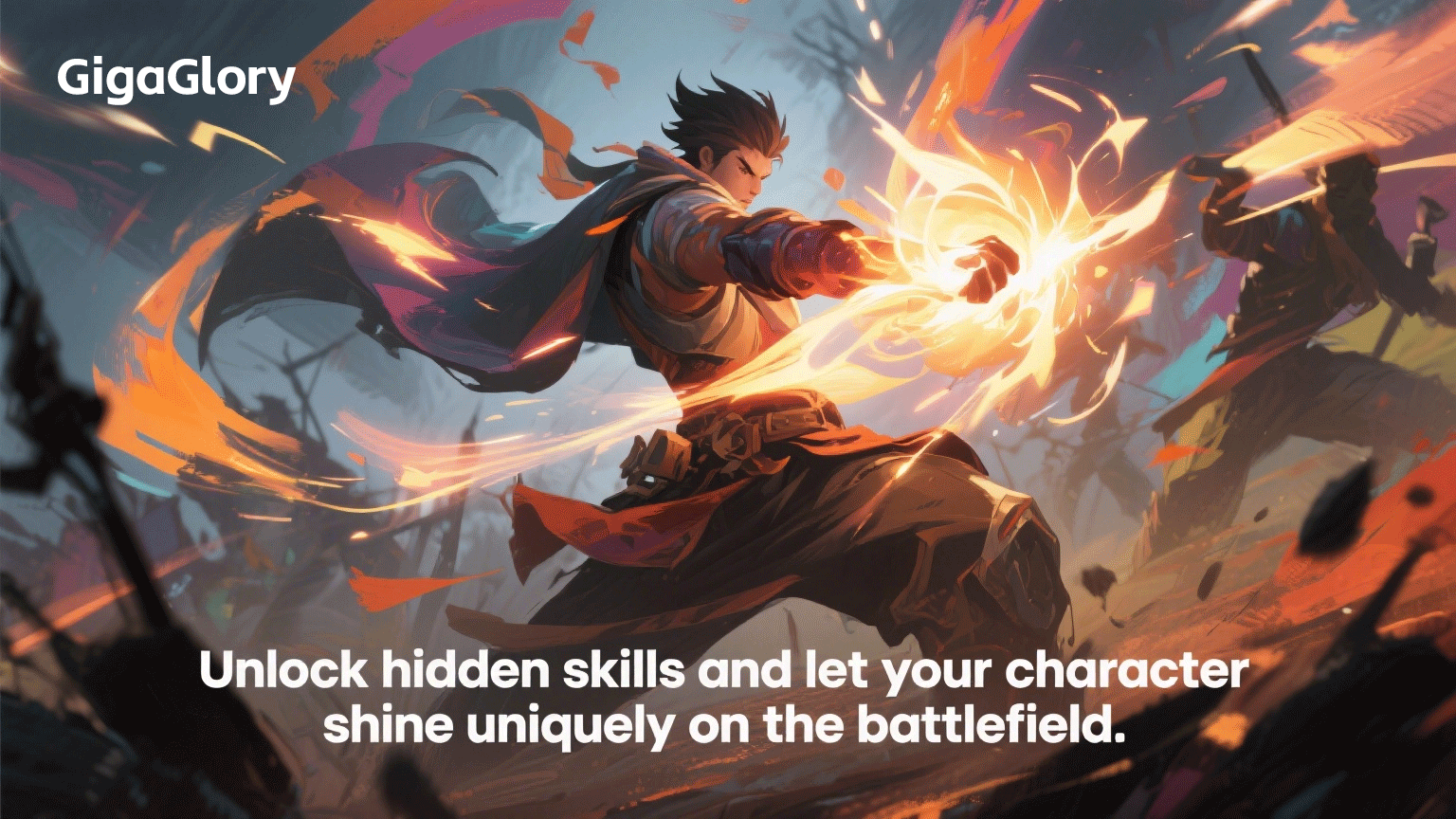Exploring the Limitless Horizons: Why Open World and Sandbox Games Redefine Gaming Experiences
When discussing the ever-evolving landscape of video games, two categories that have utterly transformed the way we engage with virtual worlds are open world games and sandbox games. Their unique designs offer players boundless opportunities to explore, create, and immerse themselves in gripping narratives. In this article, we delve into what makes these genres so captivating and highlight some key factors that redefine gaming experiences as we know them.
The Allure of Open World Games
Open world games create expansive environments that players can explore at their own pace. From the intricate landscapes of The Legend of Zelda: Breath of the Wild to the bustling streets of Grand Theft Auto V, open world games empower players to become the architects of their own adventures. This genre allows for liberating experiences, where every hill conquered, every enemy tackled, and every story encountered contributes to a richer gaming journey.
Freedom and Exploration
The essence of open world games is wrapped in the freedom provided. Players can engage in quests, side missions, or simply enjoy the beautiful scenery. This format challenges traditional, linear storytelling by allowing narratives to unfold in unique ways based on player choices.
Sandbox Games: Crafting Your Reality
Sandbox games take this concept a step further by giving players the tools to shape their environments. Games like Minecraft and Roblox encourage players to build and manipulate the world around them. Here, creativity knows no bounds. The player’s imaginative capacity sets the limit, as they can construct elaborate structures or simply create humorous scenarios.
Community and Collaboration
One remarkable feature of sandbox games is the thriving communities that emerge. Players often collaborate or compete with each other, sharing resources, ideas, and creations. This social interaction enhances the gaming experience and fosters a sense of belonging.
Breaking the Mold: Innovation in Design
Both open world and sandbox games break away from conventional gameplay mechanics. They defy the predictable structure of earlier games by offering unlimited player agency and interaction. This innovation calls for developers to think outside the box and create complex systems that respect player choice.
Immersive Storytelling: Beyond Quests
The storytelling in open world games often transcends traditional narratives. Complex character developments and swirling events captivate players as they forge emotional connections. It’s not just about completing tasks anymore; it's about being part of a living, breathing universe.
| Game Title | Platform | Release Year | Notable Features |
|---|---|---|---|
| Skyrim | PC, PS4, Xbox One | 2011 | RPG elements, vast landscapes |
| Grand Theft Auto V | PC, PS4, Xbox One | 2013 | Multiple protagonists, open world crime |
| Minecraft | PC, Console, Mobile | 2011 | Build anything, survival modes |
Pacing and Length: How Long Does a Total War Game Last?
When it comes to games like Total War, players often wonder, how long does a Total War game last? The answer varies widely depending on play style. On average, a single campaign can last anywhere from 20 to 300 hours, depending on the depth of engagement and the player's tactical decisions. This spectrum of possible playtime shows how immersive strategy games can keep players returning for more.
Key Aspects That Redefine the Experience
- Player Choice: The freedom to make choices impacts the story and gameplay significantly.
- Exploration: Every corner of the map holds secrets waiting to be discovered.
- Community Involvement: Players can share and celebrate creations, deepening connections.
- Complexity in Simulation: Detailed mechanics create a realistic gameplay experience.
FAQ (Frequently Asked Questions)
What differentiates open world games from traditional games?
Traditional games often follow a linear path with predefined objectives. Open world games allow players to explore environments freely and choose how to engage with the content.
Are sandbox games suitable for all ages?
Many sandbox games are designed with a broad audience in mind, including children. However, age-appropriate content ratings should be considered.
Can open world games be played solo?
Absolutely! While some open world games feature multiplayer modes, they are fully playable as solo experiences where players can immerse themselves in vast landscapes.
What is the future of open world and sandbox games?
As technology advances, we can expect even more immersive experiences, potentially incorporating AI-driven narratives and enhanced graphics that blur the line between reality and the virtual world.
Conclusion
The rise of open world games and sandbox games has redefined what it means to immerse oneself in a virtual existence. By breaking traditional gameplay molds, they have empowered players with unparalleled freedom, creativity, and community. As we explore the limitless horizons these games offer, we come to appreciate the artistry and innovation driving this exciting future. Prepare to unleash your creativity and let the horizons expand!



